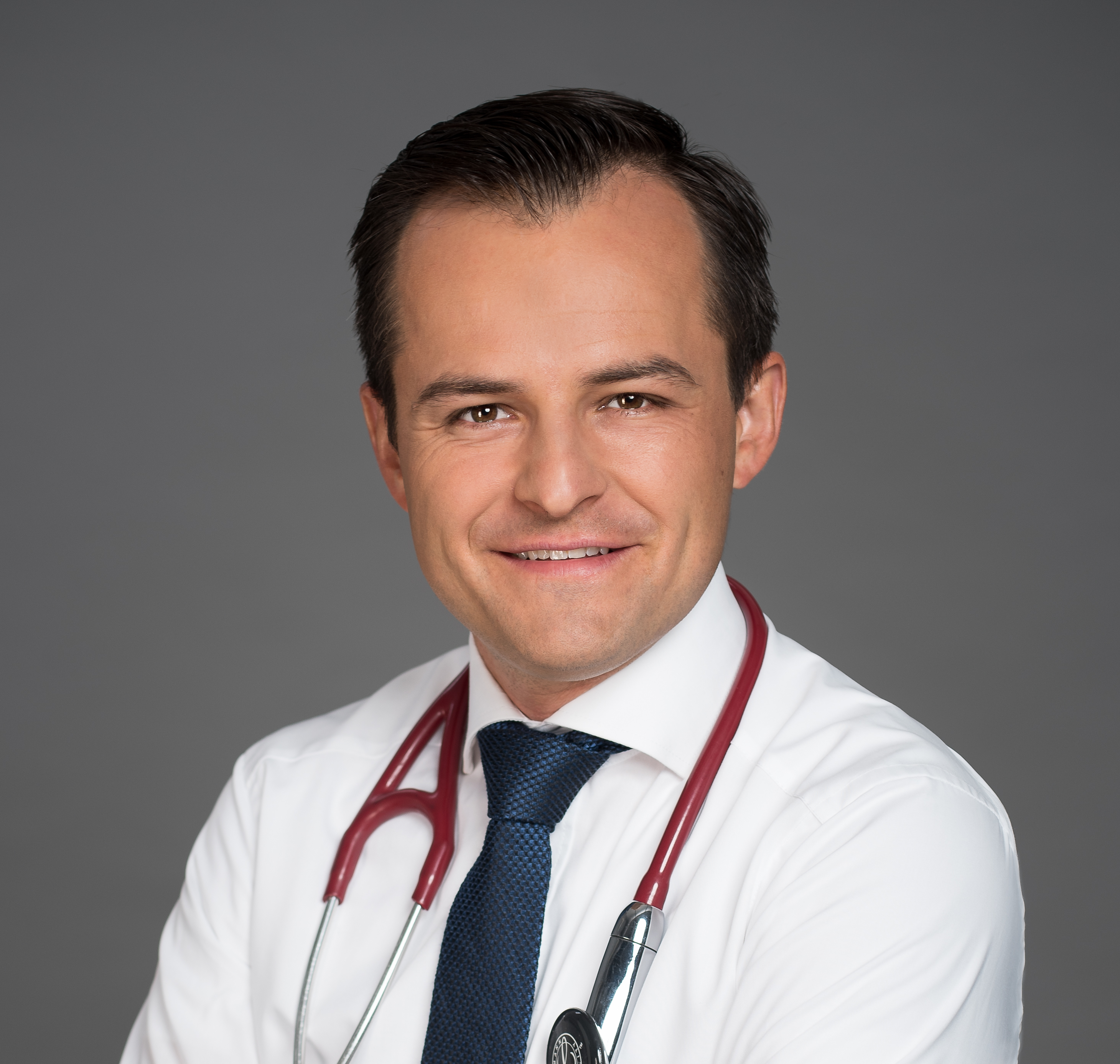Aim
Investigate the prevalence and predictors of moderate or greater structural valve deterioration (SVD) and the prevalence of valve thrombosis during follow-up after TAVI with balloon-expandable valves.
Methods
Nearly seven hundred patients were included in this study with an average age of 80.0±6.2 years (42% female). The primary endpoint was defined as moderate or severe hemodynamic SVD within 12 months from the implantation, which was recognized as 1) increase in mean gradient ≥10 mm Hg or 2) mean gradient of ≥20 mm Hg.
Main results
- The risk of SVD over 12 months from TAVI was 3%
- The two factors associated with increased risk of SVD were use of a 20 mm valve (hazard ratio [HR] 9.43; p<0.001) and valve-in-valve procedure (HR 9.92; p<0.001)
- Use of oral anticoagulation (OAC)was associated with lower risk of SVD (HR 0.46; p=0.003).
- Valve thrombosis was present in 0.87% of the population and 8.5% of patients with haemodynamic SVD.
Main messages
There is limited amount of data on the prevalence and predictors of hemodynamic SVD. This study provides new findings on the incidence of SVD in patients treated with the latest balloon-expandable device.
The exact mechanism of hemodynamic SVD has not been yet fully understood. There is an increased interest in the role of bioprosthesis thrombosis, which was ten-fold higher in the SVD group. The pharmacotherapy and procedural factors, especially valve-in-valve technique, have been identified as main causes for valve thrombosis. However, it remains unknown to what extend they can be effectively modified to impact the clinical outcomes.
In conclusion, the SVD is not a rare finding among patient treated with the latest generation of balloon-expandable valves. The valve thrombosis might the first target to improve clinical outcomes, which could potentially be achieved by pharmacotherapy adjustment. Future research is needed to determine the risks associated with isolated gradient elevation, subclinical leaflet thrombosis and clinically relevant valve thrombosis.


 Our mission: To reduce the burden of cardiovascular disease.
Our mission: To reduce the burden of cardiovascular disease.